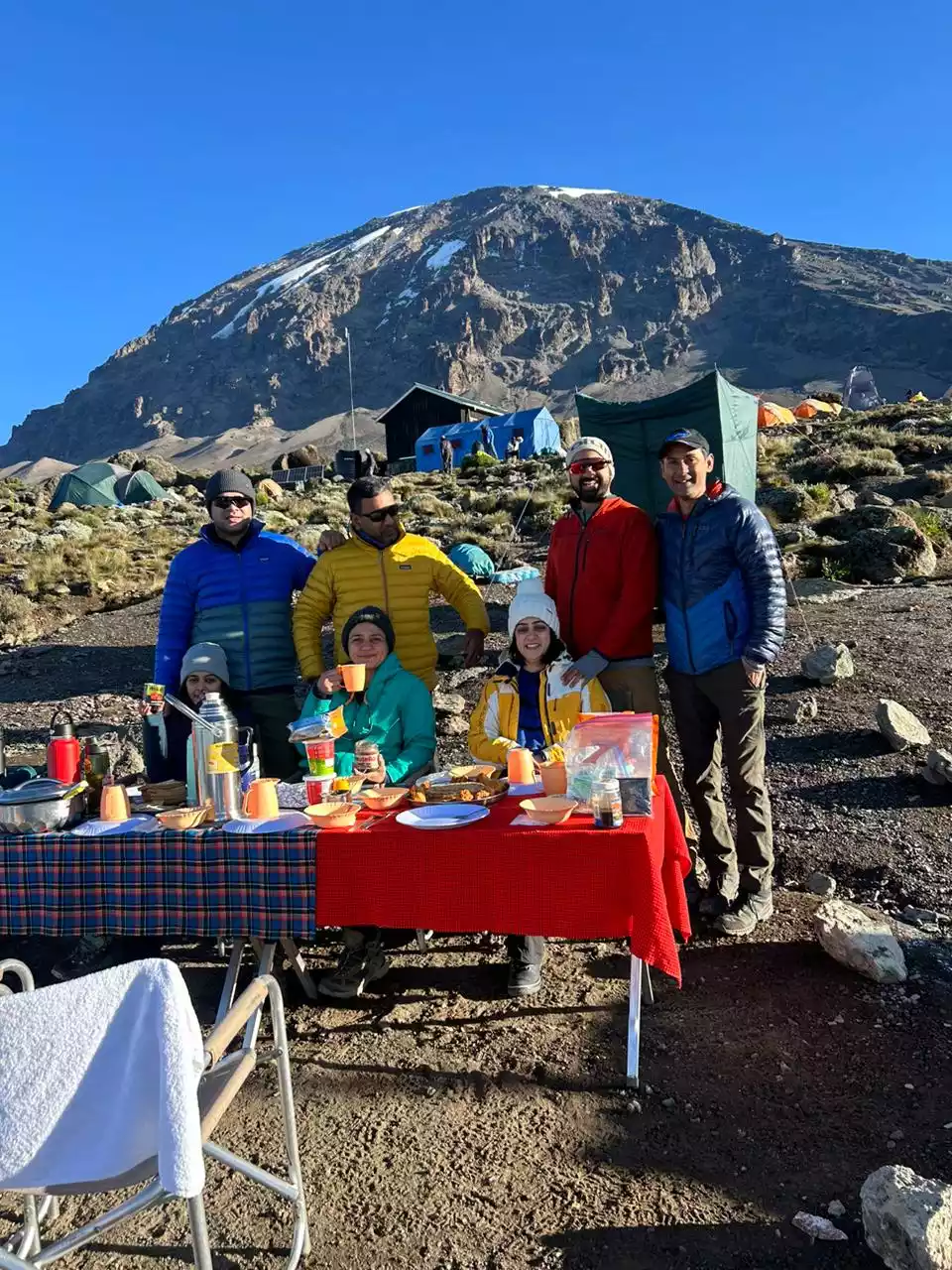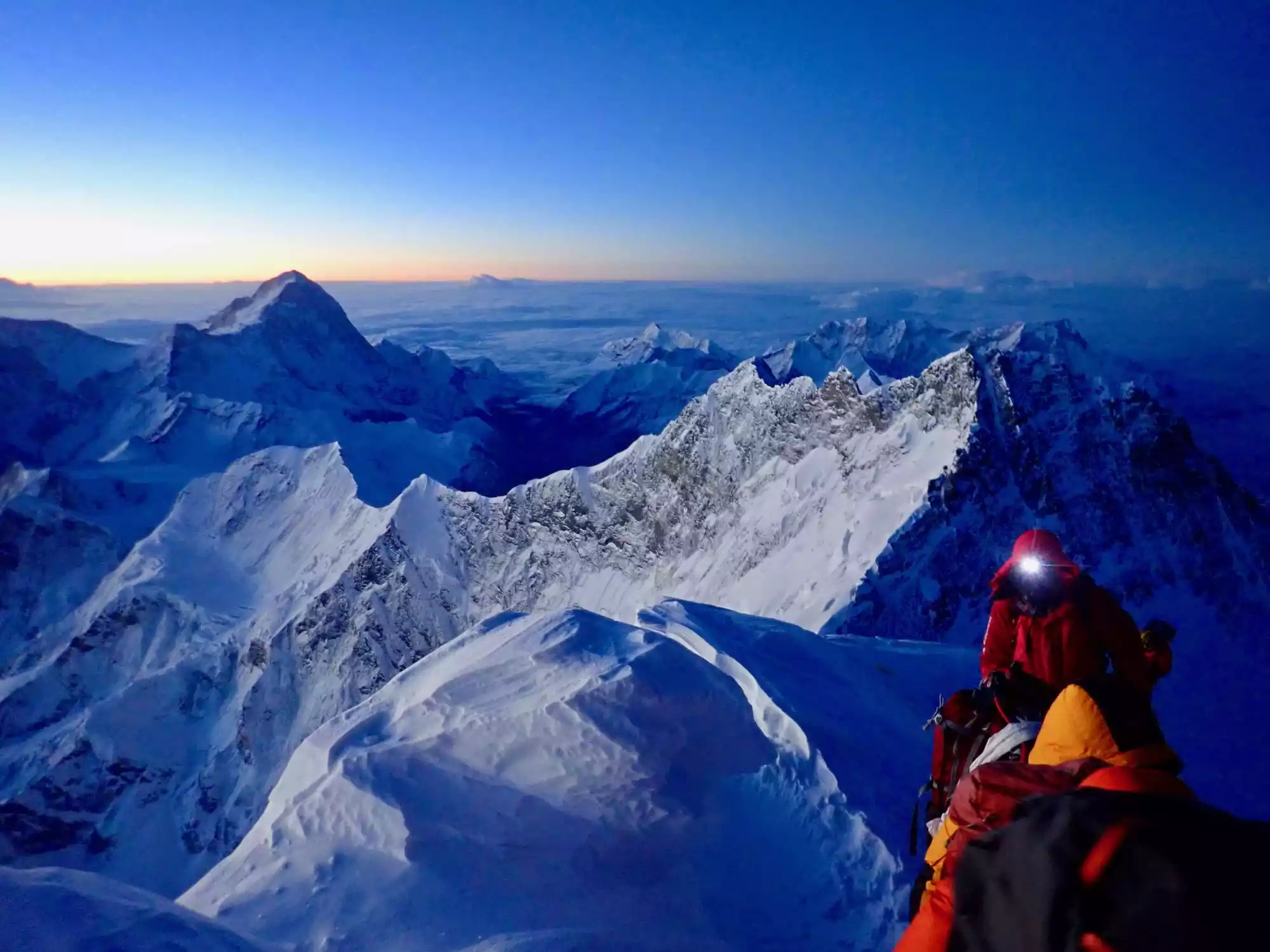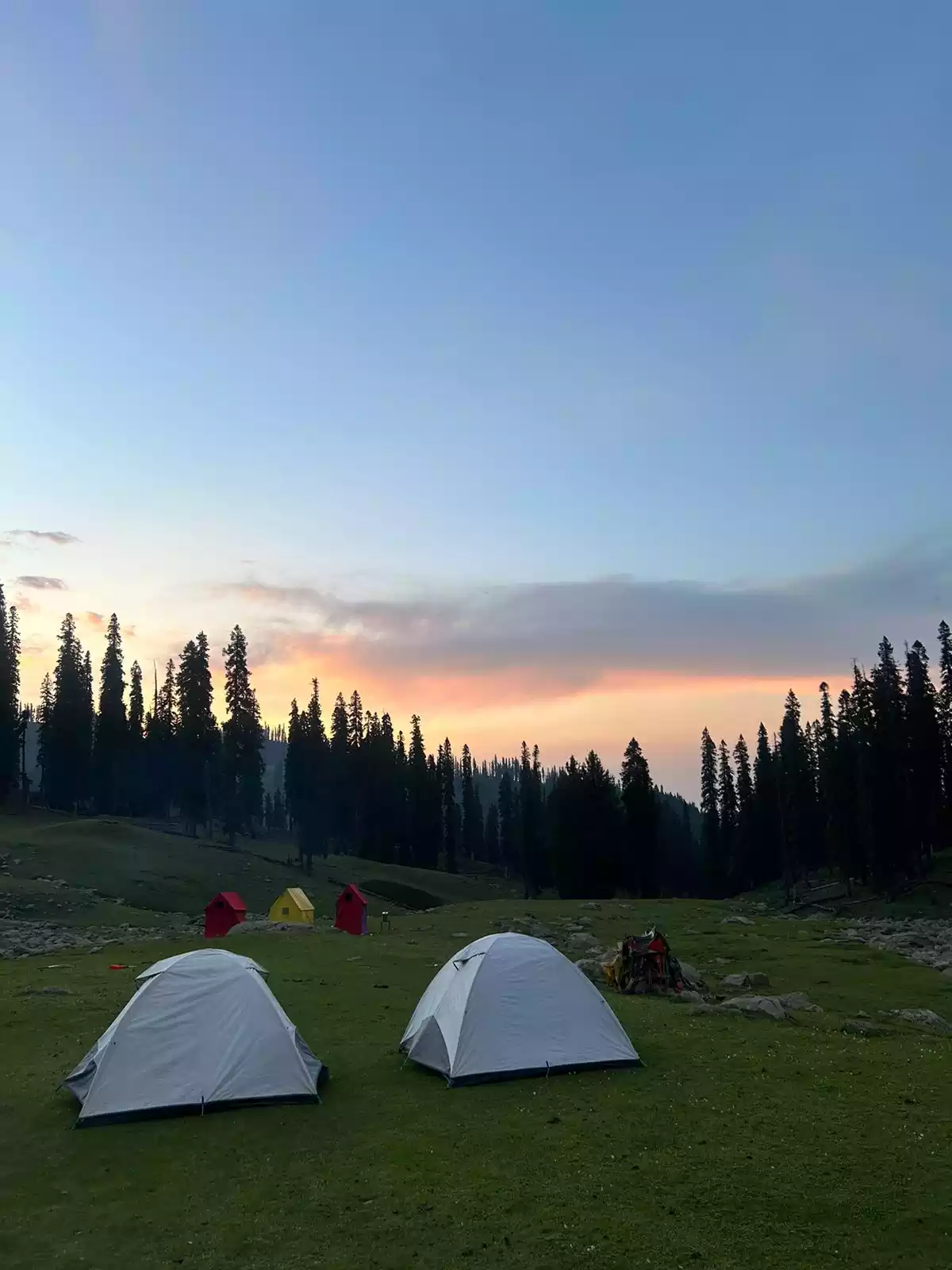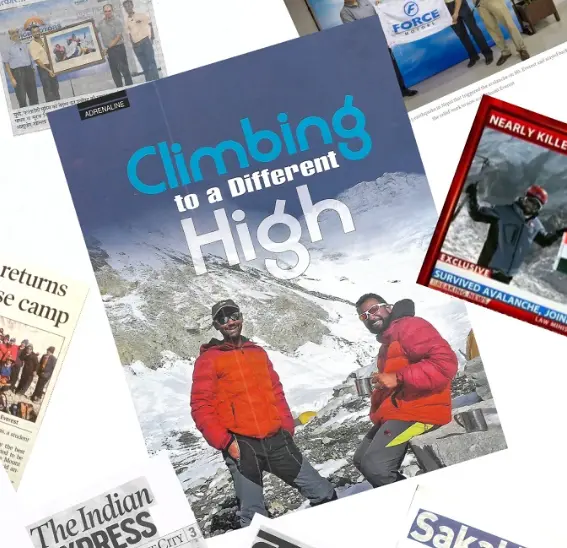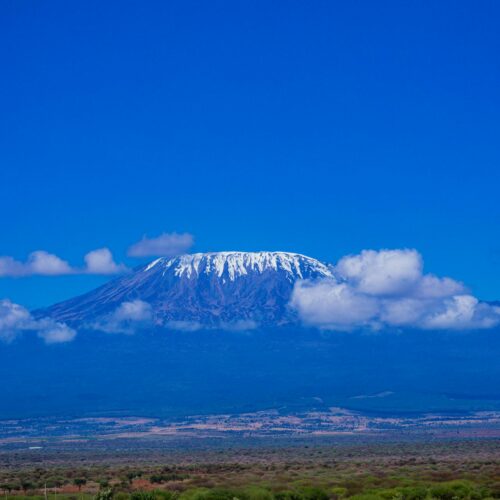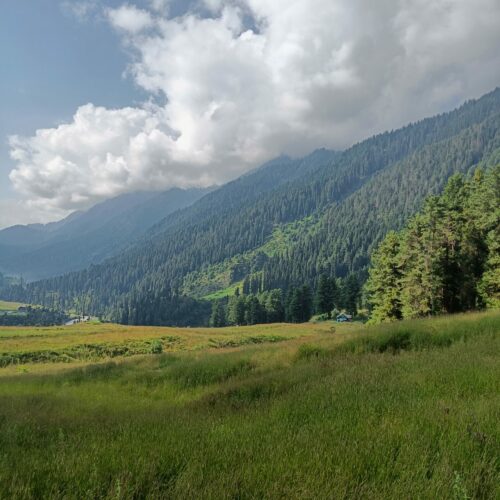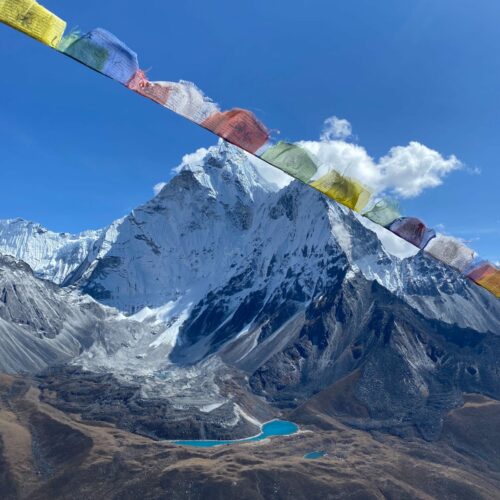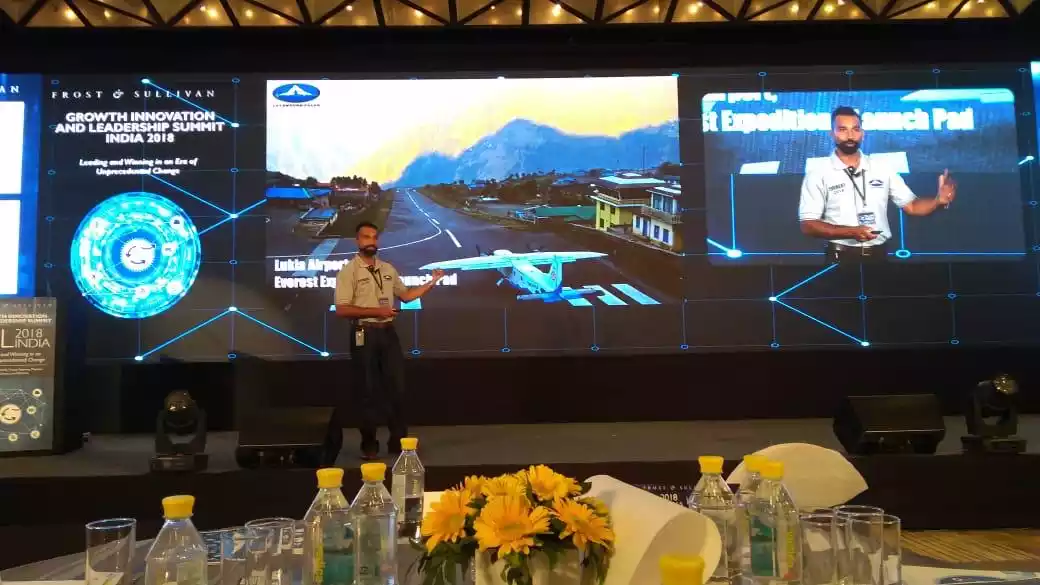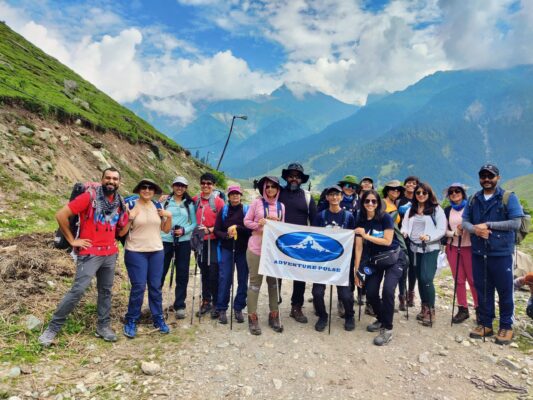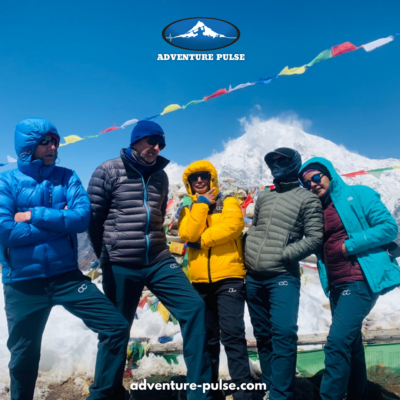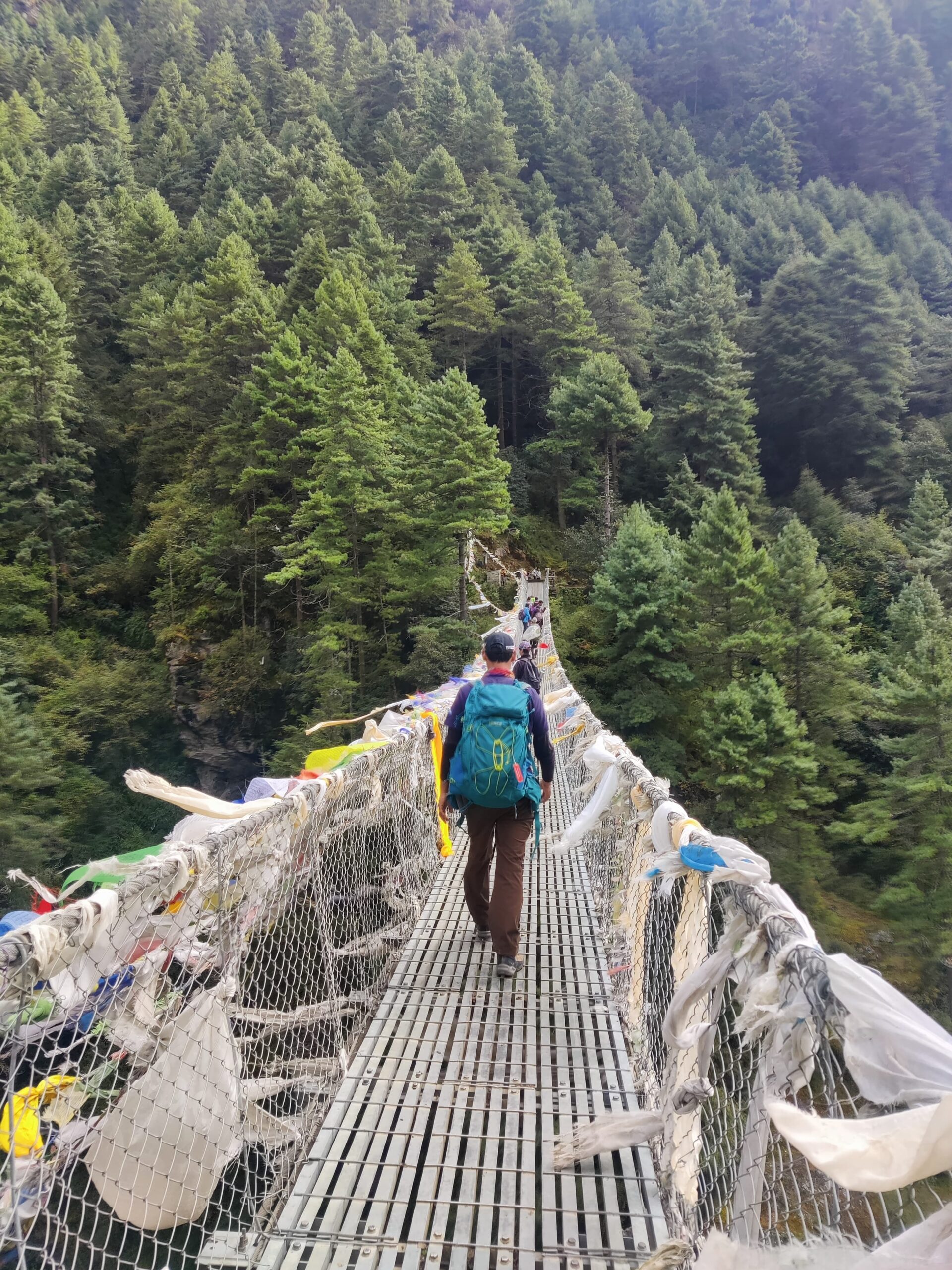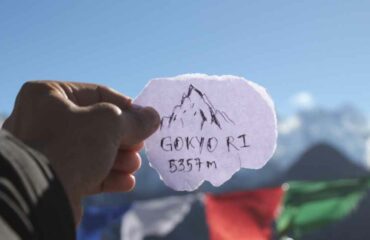
Mentok Kangri Climb Overview:
Mentok Kangri, or simply “Mentok,” is a majestic peak towering over Ladakh, India. Standing at a formidable 6,310 meters (20,702 ft), it beckons mountaineers with its challenging slopes and breathtaking Himalayan scenery. This guide equips you with everything you need to know about planning your Mentok Kangri expedition, from understanding the mountain’s significance to preparing for the climb itself.
A Mountain Steeped in Culture and Reverence
The name “Mentok Kangri” itself speaks volumes. “Kangri” translates to “peak” in Tibetan, while “Mentok” means “flower” or “flower-like” in Ladakhi. The snow-capped summit often resembles a delicate bloom against the rugged landscape, adding to its mystical allure. For the Ladakhi people, Mentok Kangri transcends a mountain; it’s the heart of their homeland. Steeped in religious reverence and interwoven with local legends, the peak represents a deep connection between the people and their environment.
The Allure and Challenge of Mentok Kangri
In recent years, Mentok Kangri has seen a surge in interest from adventure seekers. The allure of conquering this challenging peak, nestled in a remote and unforgiving landscape, is undeniable. The climb demands resilience, proper training, and meticulous preparation. But the reward is an experience unlike any other: leaving your mark on a historic peak and witnessing the raw beauty of the Himalayas firsthand.
Equipping Yourself for the Climb
Taming this majestic peak requires a specific set of gear to ensure safety and comfort. Here’s a breakdown of the essentials:
- Mountaineering Boots: Prioritize high-quality, cold-weather boots compatible with crampons for glacier travel.
- Crampons: These provide essential traction on icy terrain. Ensure a snug fit with your boots.
- Ice Axe: An ice axe is crucial for self-arrest in case of a fall. Adjust the length for your height and avoid loose clothing that could hinder movement.
- Harness and Climbing Helmet: Ropes are necessary for safe climbing sections, while helmets protect you from falling rocks and ice.
- Ropes: A dynamic rope system designed for glacier travel and climbing is recommended.
- Climbing Protection: Carabiners, slings, and other gear are needed for setting up anchors and belaying.
- Clothing Layers: A layering system with waterproof and windproof outerwear is essential. Don’t forget gloves, hats, and sunglasses/goggles for sun protection.
- Sleeping Bag and Pad: A warm sleeping bag with a low-temperature rating and a sleeping pad for insulation are crucial for comfortable nights.
- Tent: Choose a lightweight yet sturdy tent suitable for high-altitude conditions.
- Backpack: Select a backpack large enough to accommodate all your gear while still being comfortable for long treks.
- Food and Water: Pack high-energy, easy-to-carry food like energy bars, nuts, and freeze-dried meals. Ensure you have enough water or a water purification method.
- First-Aid Kit: A first-aid kit with medications for altitude sickness and common mountain ailments is vital.
- Personal Gear: Pack SPF lotion, lip balm, travel-sized toiletries, and any personal medications you might need.
The Mentok Kangri Expedition Itinerary
This is a sample itinerary for a Mentok Kangri expedition. Be sure to inquire with experienced trekking companies for the latest information and specific details of their packages.
- Day 1: Fly to Leh – Upon arrival in Leh, take some time to rest and acclimatize to the high altitude (3,500 meters).
- Day 2: Leh – Explore Leh and finalize permit paperwork for the Mentok Kangri expedition.
- Day 3: Leh to Karzok – Enjoy a scenic drive to the village of Karzok, located near the Tso Moriri lake.
- Day 4: Acclimatization Day at Karzok.
- Day 5: Karzok to Korzok Phu – Start the trek towards Korzok Phu, a beautiful high-altitude meadow.
- Day 6: Korzok Phu to Base Camp – Trek to the base camp of Mentok Kangri (around 5,400 meters).
- Day 7: Rest and Acclimatization Dayw – This day is crucial for allowing your body to adjust to the high altitude and reduce the risk of altitude sickness. Short hikes in the surrounding areas can be included for further acclimatization.
- Day 8: Base Camp to Summit Push – Early morning ascent to the summit of Mentok Kangri. This will be a long and challenging day, but the reward of reaching the top is unparalleled.
- Day 9: Base Camp to Korzok – Descend back to Korzok Phu.
- Day 10: Korzok to Leh – Scenic drive back to Leh.
- Day 11: Departure from Leh – Transfer to Leh airport for your flight back.
Frequently Asked Questions (FAQs) –
- Is Mentok Kangri climbable?
Yes, Mentok Kangri is a challenging climb achievable for mountaineers with proper training and equipment. Due to the high altitude and technical difficulty, careful planning and preparation are crucial.
- What is the best season to climb Mentok Kangri?
The best window for a Mentok Kangri expedition is between June and September. During this period, the weather is typically stable with minimal snowfall, reducing risks. Always double-check current weather conditions before attempting the climb.
- What permits are required for climbing in Ladakh?
Climbers need to obtain permission from the Mountaineering Federation of India (MIF) or the local authorities in Leh – Ladakh District Administration. For some nationalities, additional permits from the Indian government may be required due to the mountain’s proximity to the border.
- What are the main challenges of climbing Mentok Kangri?
The primary challenges include high altitude, harsh weather conditions, technical climbing sections, and the remote location. Altitude sickness poses a significant risk for climbers, so proper acclimatization is essential.
- Are there guided expeditions available for Mentok Kangri?
Several adventure travel companies offer guided expeditions to Mentok Kangri. These expeditions typically include experienced guides, porters, and logistical support to ensure a safe and successful climb.
- What gear is necessary for this climb?
You’ll need essential mountaineering equipment like warm clothing, waterproof outerwear, sturdy boots, crampons, ice axe, ropes, harnesses, helmets, and a first-aid kit. High-energy food, sufficient water or a water purification method, and navigation tools such as maps, compasses, or GPS devices are also crucial.
- Can I trek around Mentok Kangri without climbing it?
Absolutely! The Mentok Kangri region offers stunning trekking routes with breathtaking mountain views. Explore the Rupshu Valley, a habitat for nomadic Tibetan communities, and experience their unique culture and the captivating beauty of the landscape.
If you are an aspiring mountaineer or a seasoned trekker wanting to transition into mountaineering then Mentok Kangri could be the right option to consider. Write to us on [email protected] or visit our website adventure-pulse.com to know more.
Here’s a detailed guide on Best Beginner Friendly Climbing Peaks in India.
Read this blog to know about Best Climbing Peaks in Nepal for Beginners.

